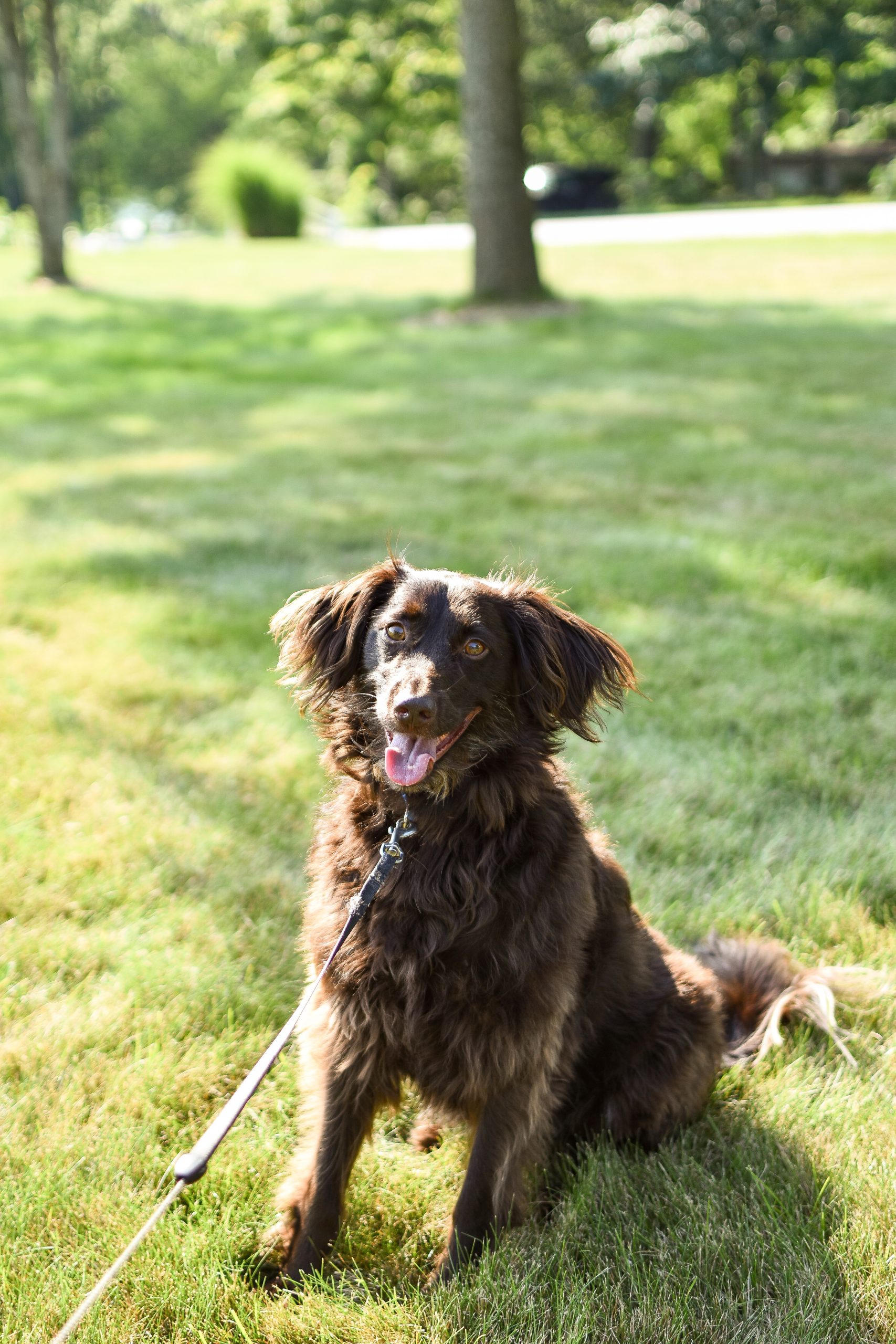The Boykin Spaniel is a medium-sized flushing and retrieving dog with a beautiful brown coat that is enthusiastic, joyful, and trainable. South Carolina’s best-kept secret used to be this placid housedog and tenacious bird dog. Boykins are medium-sized spaniels that are larger and rangier than Cockers but smaller and more compact than Springers. The breed is distinguished by a stunning solid-brown coat. The colors range from a rich liver to decadent chocolate. The vast, fluffy ears dangle near to the cheeks, eliciting a profound smart look. Web-toed Boykins, which were bred to work in South Carolina’s lakes and swamps, can swim like seals. Boykins was solely known to waterfowl and wild turkey hunters in the Carolinas for many years. However, the rest of the world has recently realized that Boykin is as charming at home as he is at the lake. ‘They are very, very sweet dogs to have about the family,’ says one lengthy owner, ‘but an absolute tiger in the field.’
Boykin Spaniel
Average sizes and life
expectancy of the breed.
Height
15.5-18 inches (male)
14-16.5 inches (female)
Weight
30-40 pounds (male)
25-35 pounds (female)
Life Expectancy
10-15 years
Breed Traits & Characteristics
About the Breed

Owning a dog is not just a privilege; it’s a responsibility. They depend on us for, at minimum, food and shelter, and deserve much more. When you take a dog into your life, you need to understand the commitment that dog ownership entails.
 Health
Health
Recommended Health Tests From the National Breed Club:
- Patella Evaluation
- Hip Evaluation
- EIC DNA Test
- Collie Eye Anomaly (CEA) DNA Test
- Ophthalmologist Evaluation
 Grooming
Grooming
 Exercise
Exercise
 Training
Training
 Nutrition
Nutrition
History
Boykin is a small South Carolina town of about 100 people named for a founding inhabitant, Lemuel Whitaker “Whit” Boykin. According to the Boykin Spaniel origin story, about 1900, a man named Alexander White discovered a small brown spaniel outside the church where he attended services in Spartanburg, South Carolina. Dumpy was the name White gave to the young male spaniel. White, a keen hunter, brought Dumpy out hunting with his retrievers, and to White’s pleasure, Dumpy showed remarkable passion and intuition for water retrieves, holding his own against the pedigreed bird dogs.
White dispatched Dumpy to his hunting buddy, community patriarch Whit Boykin, who was the area’s leading dog master, for instruction. Boykin was captivated by the brown spaniel, who proved to be equally adept at flushing and recovering wild turkeys as he was at duck hunting. Boykin created a new breeding program centered on Dumpy, incorporating crosses to breeds such as the Chesapeake Bay Retriever, Cocker, English Springer, and American Water Spaniel. As a result, the Boykin Spaniel, an enthusiastic gundog, was born.
Sportsmen working in Carolina’s swampy terrain were enamored with the breed’s vigor, adaptability, and effortlessly balanced gait from the breed’s inception. For many years, the Boykin’s fame was limited to its birthplace. However, the Boykin eventually gained popularity among bird hunters across the country, particularly on the East Coast. The breed’s unbounded activity in the field, ability to work on land or lake, and charming, gentle demeanor at home were the keys to its success.



